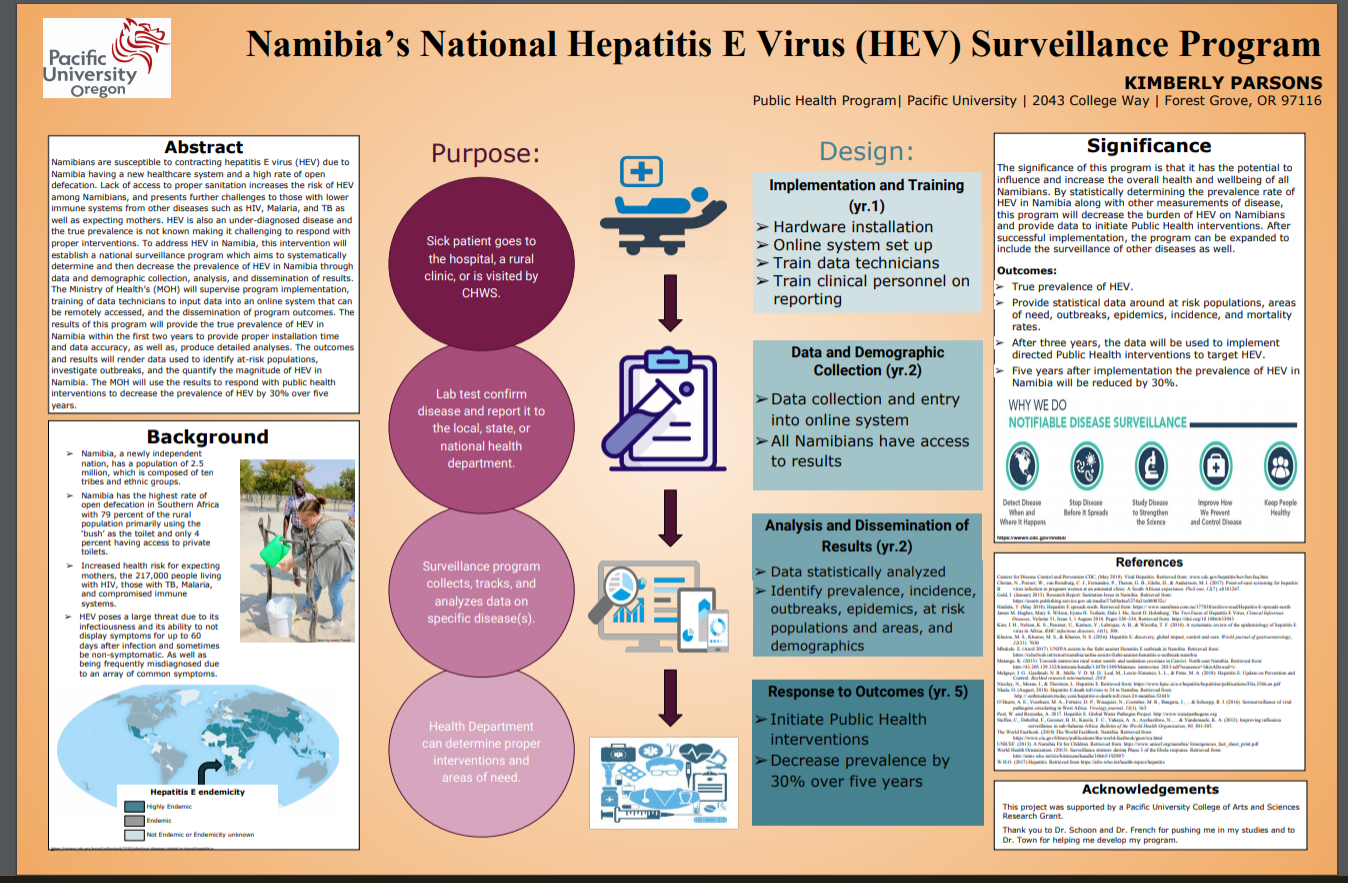Hallo!

Hier gibt es eine Grafik, wohin wir in Namibia gereist sind. Die lila/blau Linie zeigt, wohin wir gegangen sind. Zuerst waren wir in Windhoek (1). Windhoek ist die Hauptstadt von Namibia und wir haben gedacht, dass die University of Namibia (UNAM) auch hier war. Dann sind wir nach dem Norden nach Outjo, Ondangwa, und Oshakati gefahren(2). UNAM ist in Oshakakti und wir haben auch nach eine ländliche Klinik, eine innerstädtische Klinik und ein Krankenhaus besucht. Nach Oshakati sind wir nachTsumeb gefahren, und zur Ombili Stiftung, und haben die deutsche Stiftung besucht (3). Zwei Tage lang sind wir auf ein Safari in Etosha gegangen (4). Als nächstes sind wir nach Henties Bay, Swakopmund, und Walvis Bay gefahren (5). Wir sind auch nach Solitaire, Sesriem, und Sossuvlei gefahren. Hier haben wir die großen roten Dünen kurz gesehen aber es war zu windig um viel davon zu sehen. Zuletzt, sind wir wieder nach Windhoek zurückgegangen (7).
Bis Bald,
Kimberly
